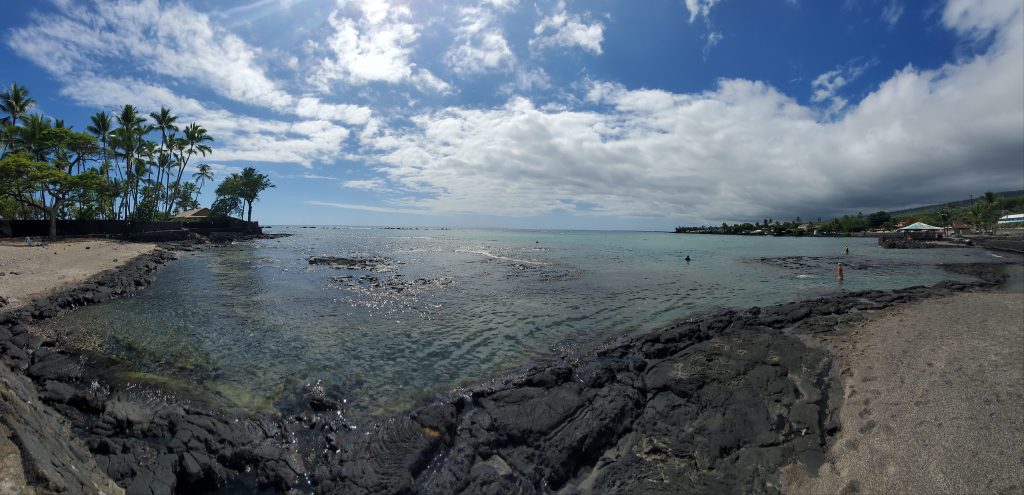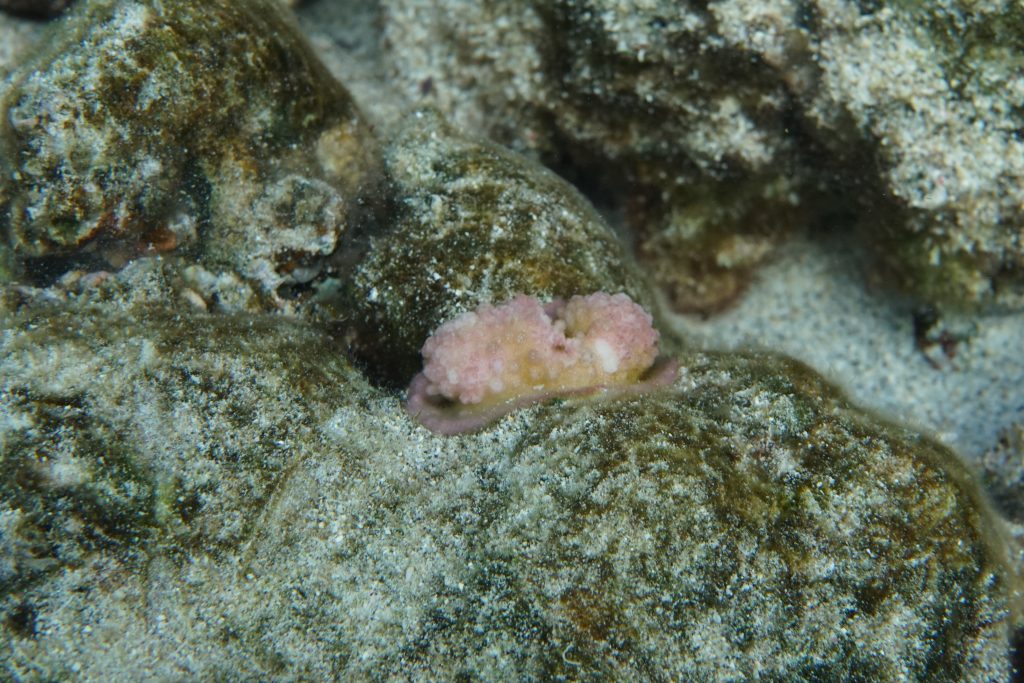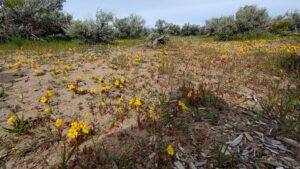
Spending your summer in Hawaii will be different this year.
After the coronavirus pandemic shut down the state in March, tourism came to a standstill in the islands. The usually over-crowded beaches are bare, many hotels have closed their doors, and tourist attractions have ceased operations. Gov. David Ige recently extended the mandatory quarantine for all mainland travelers through the end of September.
Although the decline in tourism has taken an economic toll on the state, the lessened number of visitors has provided a time for environmental healing for Hawaii – specifically within the coral reef ecosystems.
Over the past five months, natural environmental improvements and recoveries have been observed at Kahaluu beach park – a 4.2-acre bay located in Keauhou on the Big Island of Hawaii.
“Because Covid gave us a moment of pause, it has seen this rejuvenation,” said Cindi Punihaole, director of the Kahaluu Bay Education Center. “The bay is bountiful with different species – new species that we haven’t seen for years… like the baby akule, or the large ulua. That’s because the bay is prolific right now!”
Punihaole and the Kahaluu Bay Education Center has observed positive changes within the bay’s coral reefs, number of fish, water clarity and algae or ‘limu’ growth (which was unable to flourish due to people stepping on the reef).
The Kahaluu Bay Education Center has trained over 500 volunteers in their Reef Teach program and performs educational outreach to the community and beach visitors by providing information on things to know before getting in the water, and how to protect the reefs.
“We feel that this time that was allowed for the bay to rest when we closed in March has really shown how quickly the environment can recover if we allow it to recover,” said Punihaole. “Prior to Covid, we never allowed it to recover because we were looking at how many people we would get here to Hawaii on an economic scale.”
Over the years, coral reefs have endured a tremendous amount of damage from being physically stepped on by people in the water, chemicals from sunscreen like oxybenzone damaging the corals reproductive system, climate change increasing the water temperature causing bleaching, sewage run-off going into the ocean, or natural disasters.
In May, Kahaluu Bay was voluntarily closed for one week during the cauliflower coral spawning (or reproduction). There are currently about 35 baby corals accounted for in the water – a positive sign from last year, when an increase in water temperature killed many baby corals during a bleaching event.
“At one point you didn’t see these babies because it was so turbid and people were going in the water with a lot of sunscreen on. Now you see babies there,” said Punihaole.

It is important for many people to understand the impact their presence has on the coral reefs.
“One of the primary influences with humans on the reef is the unawareness that they (corals) are animals and so people often stand on them or trample them, or get pushed into coral by waves,” said John Burns, assistant professor in marine science and data science at the University of Hawaii at Hilo.
“If that physical contact leads to abrasion in their epidermis – which is essentially their skin layer just like ours – that can make them vulnerable to infections or disease,” he added.
Burns’ research focuses on coral reef health and disease. He says that during this time of less visitors, the coral reefs are getting the chance to ‘breathe a sigh of relief.’
“A nice silver lining is that you’re giving these systems a break to function in their natural manner in a way that they were designed to, and evolved to,” said Burns. “It’s just nice knowing that they can get a chance to kind of recover in areas where they may be impacted.”
Not only are the reefs on Hawaii island improving from the lack of human disturbance and chemicals in the water, but other islands throughout the state are seeing positive changes as well.
Hanauma bay is a 101-acre highly popular snorkeling destination which sees about 3000 visitors a day.
The University of Hawaii at Manoa’s Hawaii Institute of Marine Biology (HIMB) has been conducting their Hanauma Bay Biological Carrying Capacity study during this time of the bay’s COVID-19 closure.
“That basically means how many people can go in and out of the bay per day without further degrading its natural resources,” said Sarah Severino, a Research Assistant at HIMB.
Since mid-March, HIMB has specifically looked at water clarity, coral cover, suspended sediments, and surveying coral recruits. They found that the bay is 42 percent clearer in water clarity during this COVID-19 closure on a regular day, and 18 percent clearer in the COVID-19 closure than on Tuesdays when the bay is normally closed to the public.
“We really thought that the majority of the sediment that was being shook up was such large grain size that it was being deposited back onto the sand flats by the next day, but what this is showing is that it likely isn’t,” said Severino. “There’s likely suspended particles in the water column even after a day of rest.”
Water clarity is important because corals utilize the sunlight to create their food and energy sources.
“If the water’s a little cloudier, maybe they’re not able to utilize the sun for that food as much so they’re not able to get as much energy,” said Severino. “In turn that can reduce their overall fitness when it comes to things like global climate change.”
Severino says it is too early to tell what type of impact the bay’s closure and decrease of human activity has had on its coral reef environment.
“They are very slow growers and that often times takes a couple months to figure out,” said Severino, who added that they’ve been looking at the growth rate of branching corals.
“What we’ve done is we’ve tied a little wire to one of the branches and we’ve been able to measure from that wire to the tip of the branch,” said Severino. “We’re looking at these growth rates during the COVID-19 closure, and we’ll also be looking at their growth rate once it opens back up to the public to figure out if there’s a difference in growth of adult corals.”

Although these observations and experiments have found positive changes in Hawaii’s coral reef ecosystems – one of the challenges ahead is how to continue to preserve these reefs once the state reopens and tourism returns.
“There’s still so much we don’t know about these reefs systems, and they have so much potential for discovery,” says Burns. “We do have the capacity to improve how we interact with these systems.”
There are simple actions beach visitors can do to protect the reefs such as wearing a rash-guard and reef safe sunscreen when entering the water, and remembering to ‘only stand where there’s sand.’
Starting in January, Hawaii will be the first state to prohibit all sales of sunscreen containing the oxybenzone and octinoxate chemicals. Studies have shown that these chemicals are harmful to the coral’s ability to produce eggs, negatively hindering their early embryonic development.
Punihaole says she is developing new plans for managing carrying capacity, beach closures, and where people snorkel in Kahaluu bay to implement for the state’s reopening.
“I think that is the vision of how we move forward in this new normal and uncertain world we live in – protect the visitors, and to protect our community and still bring money in too,” said Punihaole.
“We need to realize that the health of our ocean is critical to our economic recovery,” she added.





